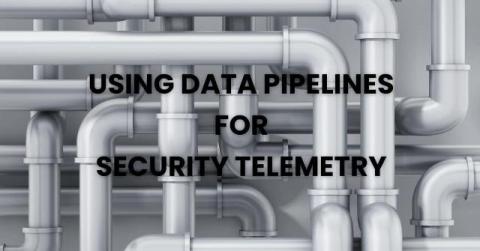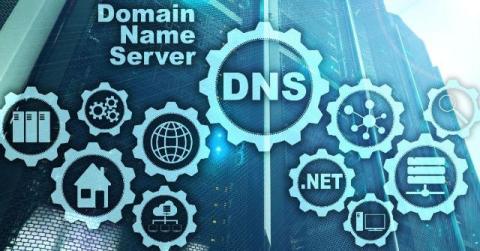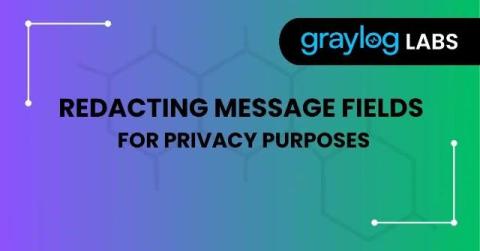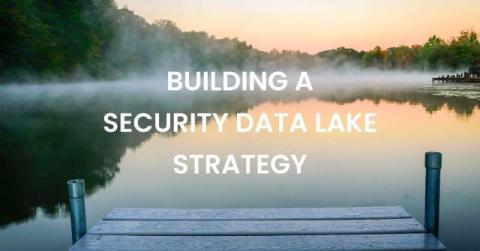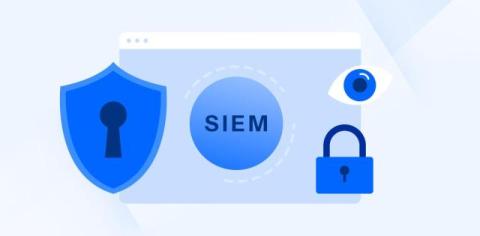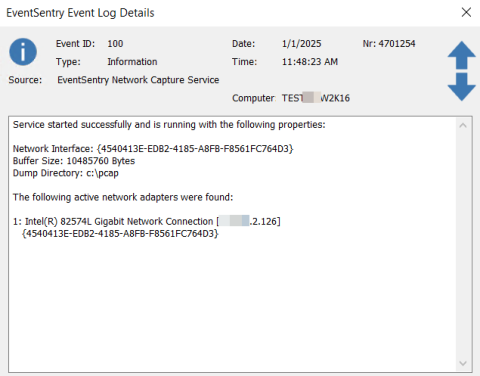AI-powered fraud detection: Protecting financial services with Elastic
Fraud in financial services is becoming more sophisticated, costing the industry billions annually and eroding customer trust. Recently, Deloitte published an article highlighting the risk AI brings in the form of fraudsters to the financial services industry: “Fake content has never been easier to create — or harder to catch. As threats grow, banks can invest in AI and other technologies to help detect fraud and prevent losses.”



